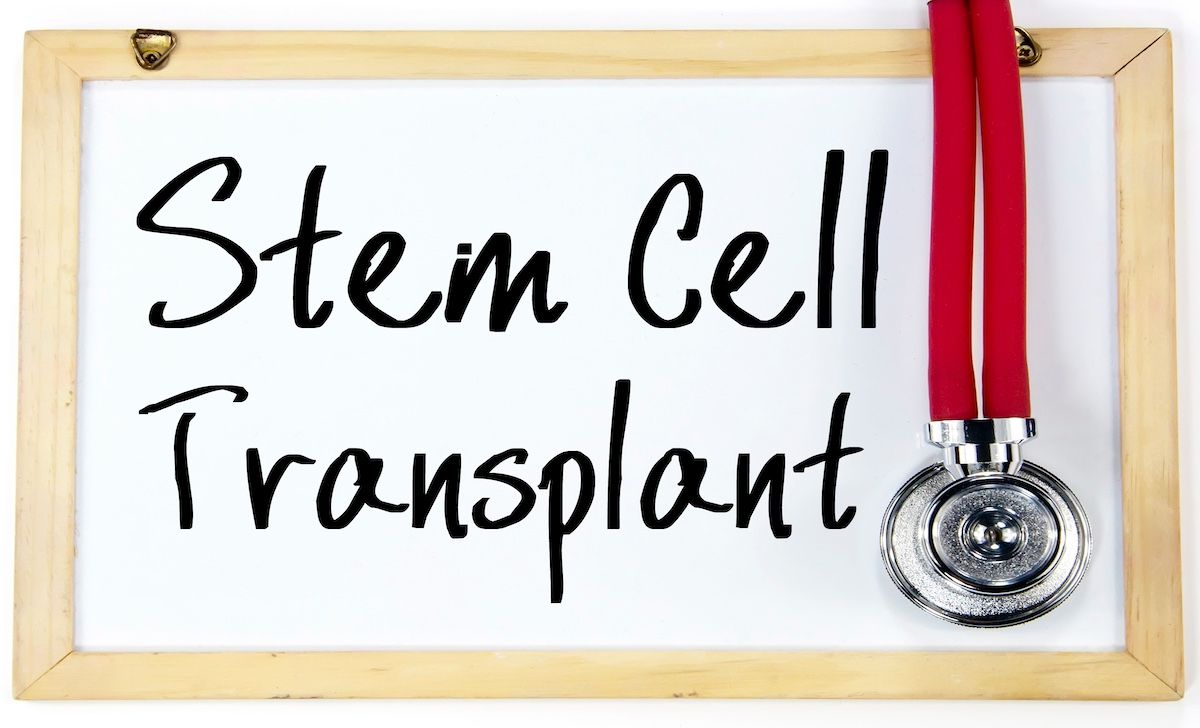- Center on Health Equity & Access
- Clinical
- Health Care Cost
- Health Care Delivery
- Insurance
- Policy
- Technology
- Value-Based Care
Review of Posttransplant Strategies for AML Relapse Prevention
Researchers review the latest developments, challenges, and ongoing research in posttransplant maintenance for acute myeloid leukemia (AML).
Researchers provide a comprehensive review of therapies for posttransplant maintenance in acute myeloid leukemia (AML). The review, published in Cancers, highlights recent significant advances, as well as future and ongoing studies.1
The primary cause of failure in allogeneic hematopoietic cell transplantation (allo-HCT) for patients who have AML is posttransplant relapse, ranging from 40% to 70%, with 20% to 30% of patients relapsing within 1 to 2 years. There is a significant need for strategies to prevent relapse after allo-HCT.
Hypomethylating agents (HMAs), such as azacitidine (AZA) and decitabine (DEC), have been widely studied as posttransplant maintenance therapies due to their favorable toxicity profiles and potential to eradicate measurable residual disease (MRD). Findings of a phase 1 trial demonstrate the tolerability and efficacy of low-dose AZA, with a 1-year event-free survival (EFS) rat of 58% and overall survival (OS) of 77%.2 The RELAZA2 trial further supported the use of AZA, showing a 2-year OS of 62% and EFS of 54%.3 However, additional research is needed to investigate the outcomes with different HMA doses and schedules, oral HMAs, and combinations of HMAs with other agents.
The author' review demonstrates that several studies show the promise of targeted treatment in the setting of posttransplant maintenance for acute myeloid leukemia | Image Credit: flytoskyft11-stock.adobe.com

Combined HMAs with BCL-2 inhibitors like venetoclax (VEN) has shown promising results. A phase 1 trial has shown that the combination of low-dose DEC and VEN as posttransplant maintenance therapy resulted in a 1-year OS of 84%, manageable cytopenias, and no increased risk of graft-vs-host disease (GVHD).4 The VIALE-T study, an ongoing randomized phase 3 trial, is expected to provide further insights into the safety and efficacy of this combination.
FLT3 inhibitors, such as sorafenib and gilteritinib, have shown potential in reducing posttransplant relapse. The SORMAIN trial demonstrated improved relapse-free survival (RFS) and OS with sorafenib compared with placebo. Similarly, a randomized phase 3 trial highlighted the benefits of gilteritinib, which showed significant improvement in patients with MRD-positive disease. The QuANTUM-First study results showed a survival benefit with quizartinib compared with placebo.
IDH inhibitors, such as ivosidenib and enasidenib, have been explored as posttransplant maintenance therapies. These agents target IDH1/IDH2 mutations in AML, which occur in up to 25% of patients. Phase 1 trials have shown these agents to be well tolerated with promising survival rates, although further studies are needed to confirm their efficacy in larger patient populations.
Other novel agents and approaches are reviewed, including the Hedgehog pathway inhibitor glasdegib. Results reveal that glasdegib was associated with adverse events affecting quality of life, leading to interruptions and discontinuations of therapy. The incidence of relapse at 1 year was 55%, indicating that glasdegib did not significantly reduce the risk of pos-transplant relapse. The authors concluded that although glasdegib showed some potential, further studies in select patient populations and in combination with other therapies are necessary to determine its efficacy and safety.
A phase 1/2 trial with the histone deacetylase inhibitor (HDACi) panobinostat, resulted in an estimated 2-year OS rate of 81% and an RFS rate of 75%. Grade 3/4 toxicities, including myelosuppression, resolved with drug interruption. Vorinostat is currently under evaluation in a phase 1 trial in combination with low-dose AZA.
Cellular therapies, such as donor lymphocyte infusion (DLI) and natural killer (NK) cells, are highlighted for their potential to enhance the graft-vs-leukemia effect. However, the results of phase 1/2 studies bring significant concerns about the risk of GVHD. The use of prophylactic DLI as monotherapy, as well as in combination with chemotherapy, is currently an area of collaborative prospective trials.5 Phase 1/2 studies of NK cells have shown promising observations. When compared with a case-matched cohort, the risk of relapse was lower in NK therapy recipients (4% vs. 38%; P = .014). There on ongoing studies with NK cells that will give more insight into its efficacy.
Results of phase 1 study using engineered T cells against HA-1 and HA-2 have shown no limiting toxicities and no risk of GVHD. Further studies with engineered T cells are planned. Immune checkpoint inhibitors have been studied mostly in transplant-ineligible patients. Ipilimumab has shown increased risks of immune-related toxicities, while sabatolimab, a novel immunotherapy targeting TIM-3, was well tolerated, with no cases of GVHD or immune-related toxicities.
According to the authors, “Currently, the data support the use of FLT3 inhibitors such as sorafenib and gilteritinib, mainly in a risk-adaptive approach. Several other targeted agents, including BCL-2 and IDH inhibitors, and immunomodulatory/cellular strategies such as engineered T cells and NK-cell–based maintenance, appear promising in early studies but need to be tested in well-thought-out trials.”
References
1. Parks K, Aslam MF, Kumar V, Jamy O. Post-transplant maintenance therapy in acute myeloid leukemia. Cancers. 2024;16(11):2015. doi:10.3390/cancers16112015
2. de Lima M, Giralt S, Thall PF, et al. Maintenance therapy with low-dose azacitidine after allogeneic hematopoietic stem cell transplantation for recurrent acute myelogenous leukemia or myelodysplastic syndrome: a dose and schedule finding study. Cancer. 2010;116(23):5420-5431. doi:10.1002/cncr.25500
3. Platzbecker U, Middeke JM, Sockel K, et al. Measurable residual disease-guided treatment with azacitidine to prevent haematological relapse in patients with myelodysplastic syndrome and acute myeloid leukaemia (RELAZA2): an open-label, multicentre, phase 2 trial. Lancet Oncol. 2018;19(12):1668-1679. doi:10.1016/S1470-2045(18)30580-1
4. Parks K, Diebold K, Salzman D, et al. Low-dose decitabine plus venetoclax as post-transplant maintenance for high-risk myeloid malignancies. EJHaem. 2024;5(3):560-564. doi:10.1002/jha2.915
5. Nayak RK, Chen YB. Maintenance therapy for AML after allogeneic HCT. Front Oncol. 2022;12:895771. doi:10.3389/fonc.2022.895771
